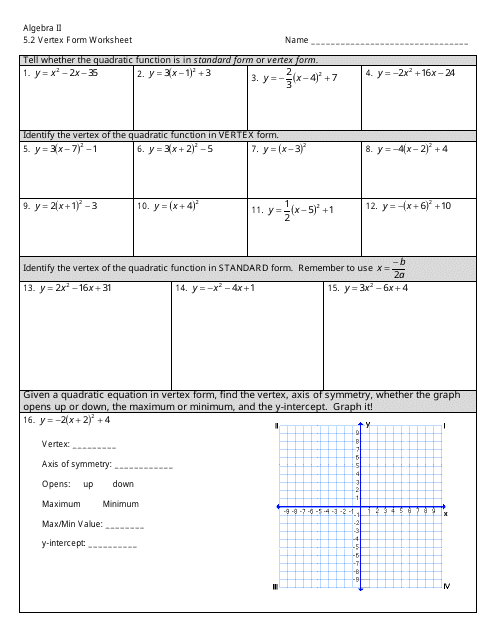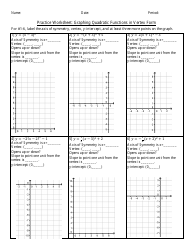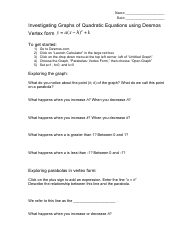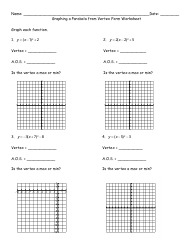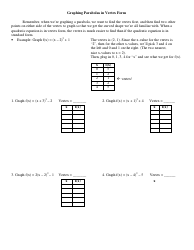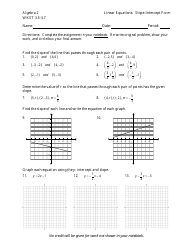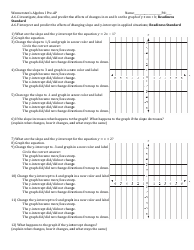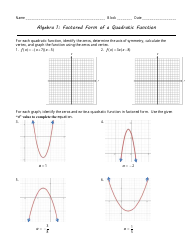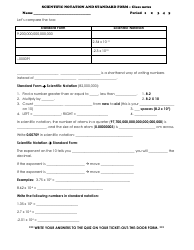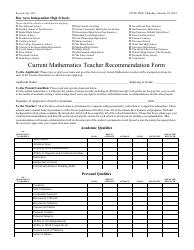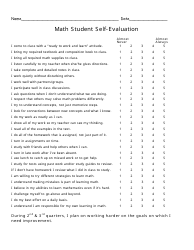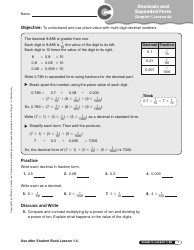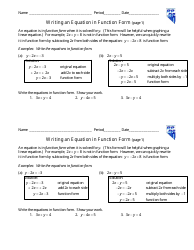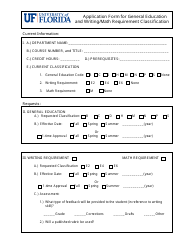Vertex Form Worksheet - Algebra Ii
The Vertex Form Worksheet - Algebra II is a learning resource specifically designed for students studying Algebra II. It helps students practice and understand the concept of vertex form in quadratic equations.
FAQ
Q: What is the vertex form of a quadratic equation?
A: The vertex form of a quadratic equation is y = a(x - h)^2 + k, where (h, k) represents the vertex of the parabola.
Q: What does 'a' represent in the vertex form equation?
A: 'a' represents the coefficient that determines the direction and steepness of the parabola.
Q: How do you find the vertex of a quadratic equation given in vertex form?
A: The vertex is given by the coordinates (h, k).
Q: What does 'h' represent in the vertex form equation?
A: 'h' represents the x-coordinate of the vertex.
Q: What does 'k' represent in the vertex form equation?
A: 'k' represents the y-coordinate of the vertex.
Q: How can you determine if a quadratic equation opens upward or downward based on the vertex form?
A: If 'a' is positive, the parabola opens upward. If 'a' is negative, the parabola opens downward.
Q: Can you rewrite a quadratic equation from standard form to vertex form?
A: Yes, you can rewrite a quadratic equation from standard form to vertex form by completing the square.
Q: What are the advantages of using the vertex form of a quadratic equation?
A: The vertex form allows you to easily identify the vertex of the parabola and gives you information about the direction and steepness of the curve.
Q: Are there any restrictions on the values of 'a' in the vertex form equation?
A: No, there are no restrictions on the values of 'a'. It can be any real number.
